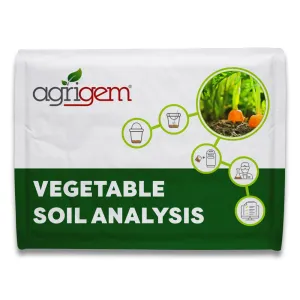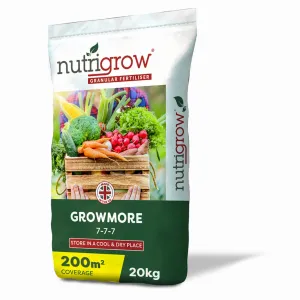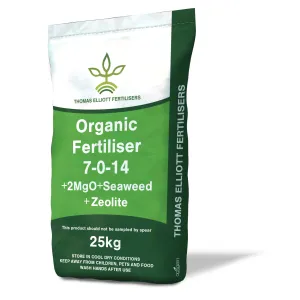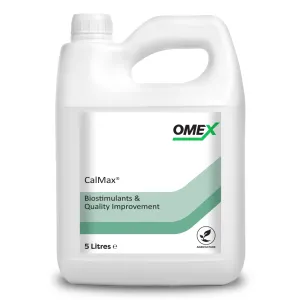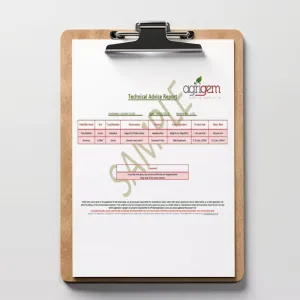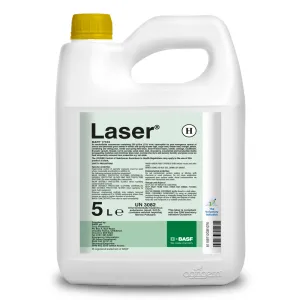You will need:
- Lawn soil analysis
- Recommended fertiliser (granular, soluble or liquid)
- Applicator (spreader, knapsack sprayer, boom sprayer)
- Correct PPE (overalls, rubber boots, chemical resistant gloves & face shield.
Why Do I Need to Fertilise My Vegetables?
Fertilising your vegetable plants will help them to grow healthily and produce good yields.
Soil also needs to have the correct PH levels. A level of 1-5.8 is classed as acidic. A level of 6-7 is generally said to be neutral. Anything higher than 7.2 is alkaline. It is very important to know this as some plants require a certain PH. Rhododendrons, for example need an acidic soil (lower than 5.8) else they will struggle to survive and can eventually die. Soils that are alkaline have a tendency to be deficient in essential nutrients such as iron. This can cause a yellowing in the leaves.
How Do I Know if My Vegetables Need Feeding?
You can have your soil tested to see what the analysis of the soil is. A soil test can be a simple home testing kit or it can be one where you take a sample of soil from your land and have it sent off for analysis, for example our Vegetable Soil Analysis Service. This is far more accurate and will give you precise results. Soil analysis varies, whether it is the amount of nutrients available to the plants, the PH or even the texture of the soil.
Every vegetable is different and has different nutrient requirements. A few have been listed below to give you an idea:
- Lettuces like to have a well drained soil, clay soils are not advised. Lettuce needs to have good levels of nitrogen as it produces lots of green growth. They also need to have a soil PH of around 6-7.
- Carrots prefer a slightly higher PH (around 6-8) A balanced feed is better as they don’t like too much nitrogen.
- Beans like to have a PH of 6-6.5
- Potatoes grow best in acid soil (4.8-5.5) If the PH is too high, it can increase the risk of scab.
- Brassicas (cabbage, cauliflower, brussel sprouts) like a PH of 6-7. Clubroot is a disease which affects brassicas and keeping the PH of the soil slightly higher will help to prevent this. They also like to grow in soils which have higher nitrogen content.
What Can I Use to Fertilise My Vegetables?
Home made, well rotted leaf moulds or composts are great. Well rotted manure can also be used. It is very important they are all well rotted as they can burn and damage the plants. Manures and composts improve the soil structure particularly if you have heavy clay soil, or sandy soil that will not hold water or nutrients.
A granular fertiliser can be applied. This can be incorporated into the soil at planting, or it can be forked into the soil around the base of the plant, when established; we recommend Flower & Veg 5-7-10+TE Fertiliser. A slow release fertiliser is a good option if you do not want to keep reapplying fertilser throughout the year. Our 6 Month Release Fertiliser is a great choice to keep your plants healthy through the season. Soluble fertilisers can get nutrients into the soil quicker than granular fertilisers. Liquid fertilisers are a great way of very quickly getting nutrients into your plants.




